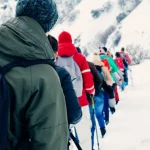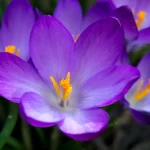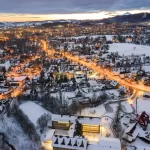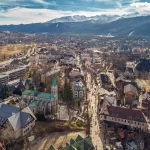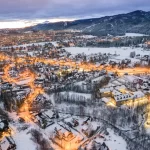Tatra Mountains in autumn
Tatra Mountains in autumn
– what will surprise us the most beautiful season of the year.
For many people, autumn in the mountains is the most beautiful time. The ubiquitous green of dwarf mountain pine, spruce, leaves of berries, raspberries and ferns as well as many species of shrubs, grasses and moss is replaced by shades of ginger, gold, intense red and purple. Clouds and mists create unreal spectacles on the ridges, but there are also often days with a completely clear sky, when the sun can warm up strongly.
No wonder that – although the day is shortened very much and does not allow for very long trips – many people are planning to explore the Tatra routes in autumn. So let’s remember a few specific features of the season. To take full advantage of its charms and not to be surprised by anything. Below is a subjective selection of the most important things.
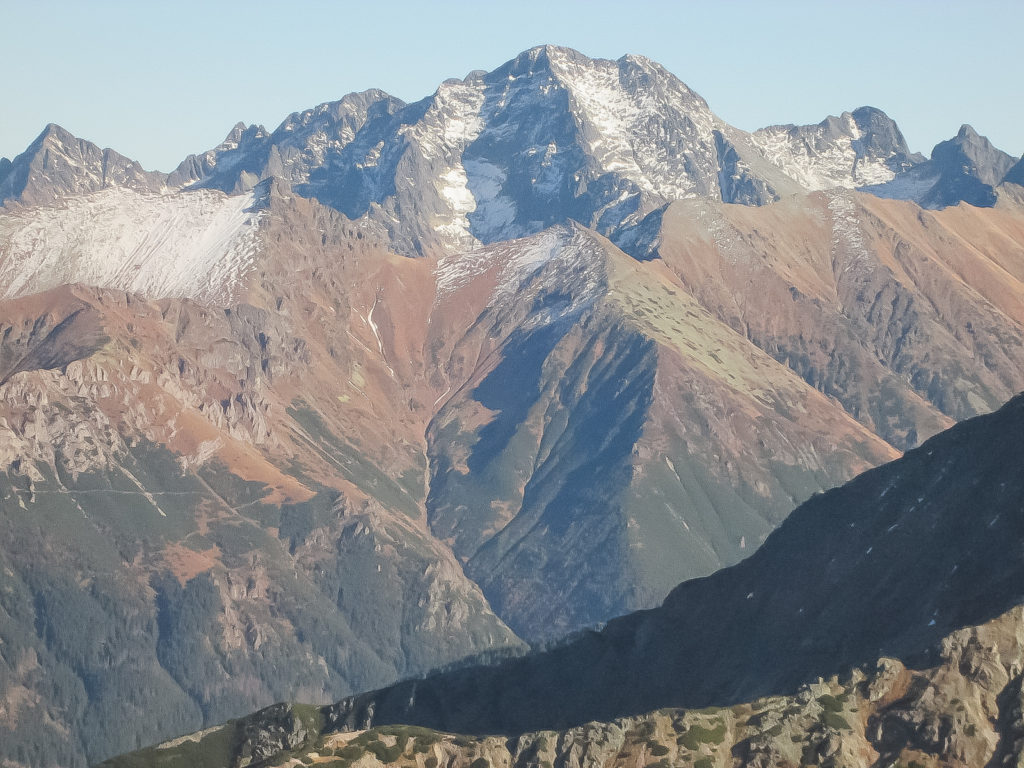
First of all – get ready for every season.
The specificity of the Podhale region is the very large diversity of weather conditions. This applies to daily differences, even in the summer at night it can be frost, and during the day the heat. Also, within one week, the weather can evolve from full summer to rainy autumn and even snowy winter. The next dimension is the difference between what is “below” and “above”. While it may already be winter in the highest parts of the mountains, it will be autumn at the level of mountain meadows, and in Zakopane alone temperatures of a dozen or so degrees – similar as during cool days in summer. Therefore, when planning autumn trips, you need to take this into account when completing your clothes. Too warm, from which it is no longer possible to undress, like winter thermal leggings and a long-sleeved T-shirt, will make us weak and tired in the middle of the day, when the temperature will be above 20 degrees in the sun – but it would be perfect in the morning, when we leave the house at sunrise, or in the evening when we return to it after dusk. On the other hand – shorts and a sleeveless shirt will give us thermal comfort in the middle of the day, but if the weather breakdown, or even clouds and wind will appear on the ridge – we will freeze. So, what to do? It is best to dress in many thin layers, take light pants in your backpack, but also a warm cap, gloves. And a scarf, shawl, cap – to protect the head and neck from the sun. You can also try the combination of thermal leggings with shorts and take leggings off somewhere on the side of the trail, or in a shelter, when we feel that heat is taking our strength away. The optimal set for autumn is 4 layers – a very thin T-shirt, preferably sleeveless, a long sleeve on it, but also a thin, thin or thicker fleece and a rain/wind-stopper jacket.
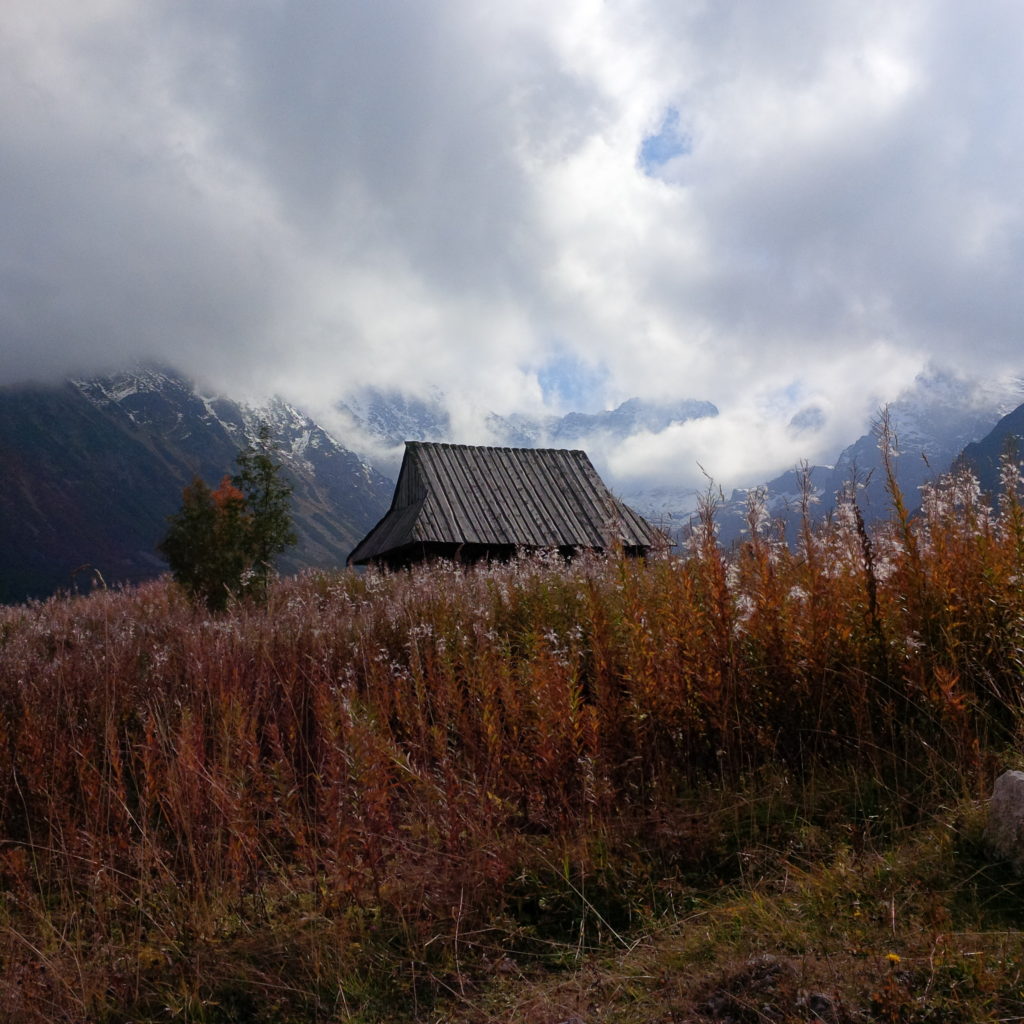
Second – take the first snow seriously.
Before winter settles in the Tatra Mountains for good, it usually does a few trial approaches first. It happens that for the first time it is snowing on Lomnica or Kasprowy Wierch even in the first half of September. Most often this snow melts and again we have beautiful, rusty-brown peaks. Until the next snowfall. After them, a thin layer of white fluff usually lasts longer, but it also melts. It should not be underestimated. The same like icing warnings, especially on the northern slopes of the mountains. From below, from Zakopane, they are obviously invisible, but they are the cause of frequent accidents at this time. On fresh snow it is very slippery, the cover is weakly tied, so avalanches are possible and in general, even with ice-axe and crampons, it is better to not plan any trips to the snow-covered area these days. We can wander lower, take beautiful photos and enjoy the palpable meeting of the two seasons simply halfway. But let’s not add extra work to TOPR rescuers, especially since with frequent autumn wind or fog they may have a problem getting to us by helicopter.
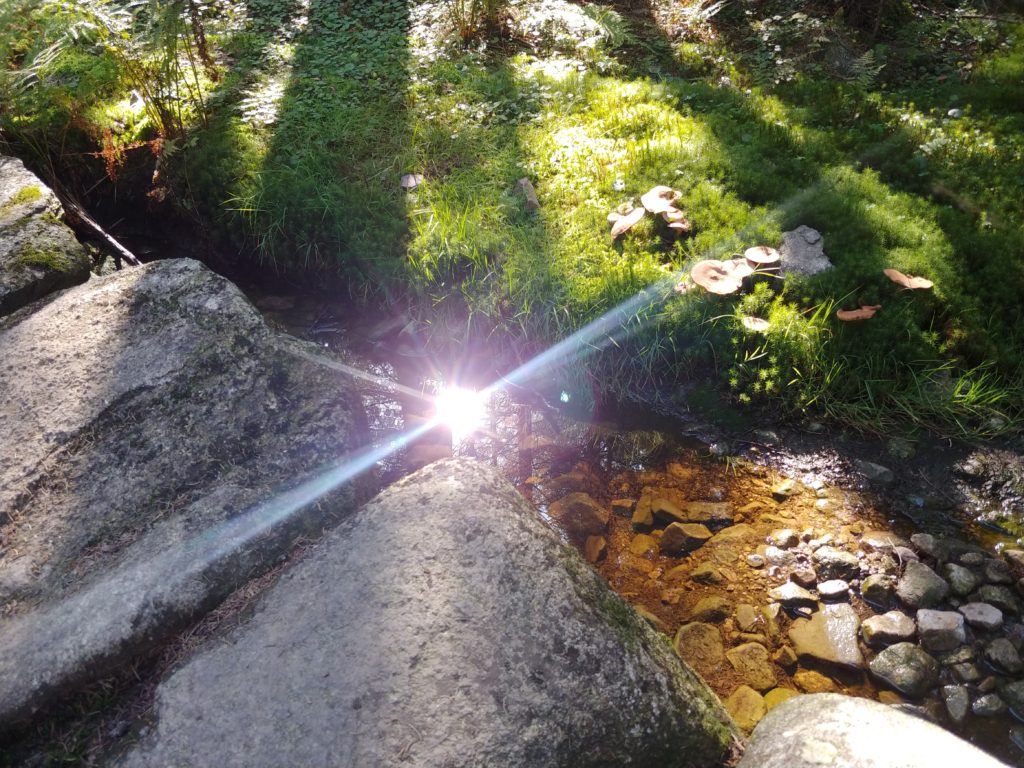
Third – remember not to wander after twilight.
In the Tatras, the trails may not be walked after twilight until the first of December. Which means that even if it is very difficult to leave the magical land and give up watching the sunset from a high ridge – that’s unfortunately to be done. It is difficult in autumn, because often the illusion of beautiful sunny weather makes us forget about the fact that the day is already 3 hours shorter than in summer – on the contrary in the morning we will not start at 4:30 on the trail, because it is still dark. Therefore, planning trip with a map in hand is a must. In order to go beyond the borders of the National Park at least 20 minutes after sunset, when it gets dark. This has its deep meaning. At dusk, the hosts of this place, its original inhabitants, wild animals – come out on the trails. They must not be disturbed by loud conversations, light from flashlights, it is their time. Before they settle into winter sleep, they roam freely, not knowing the concept of a tourist trail or the state border. It’s also about our safety – although many of us quietly dream of meeting a “teddy bear,” the bear is a very dangerous animal. And in the autumn, determined to get as much food as possible, to make fat reserves for the winter – bear can forget about the fear of man. Many “teddy bears” wander even in the streets of upper Zakopane in the autumn looking for food leftovers in the trash cans. In Slovakia, this is a much bigger problem, because there the population of these animals is more numerous, and human settlements are almost adjacent to territories originally inhabited by bears. In the mountains, after dark, deer also like to run freely, and their roaring in autumn has already caused more than one fear – these are the usual sounds of male fighting on the so-called rut. Night is their time and they do not have to reckon with the fact that on the path we set the camera on a tripod to take a photo of the starry sky, of course turning off the headlamp. Colliding with such a large animal will end up worse for us than for a deer.
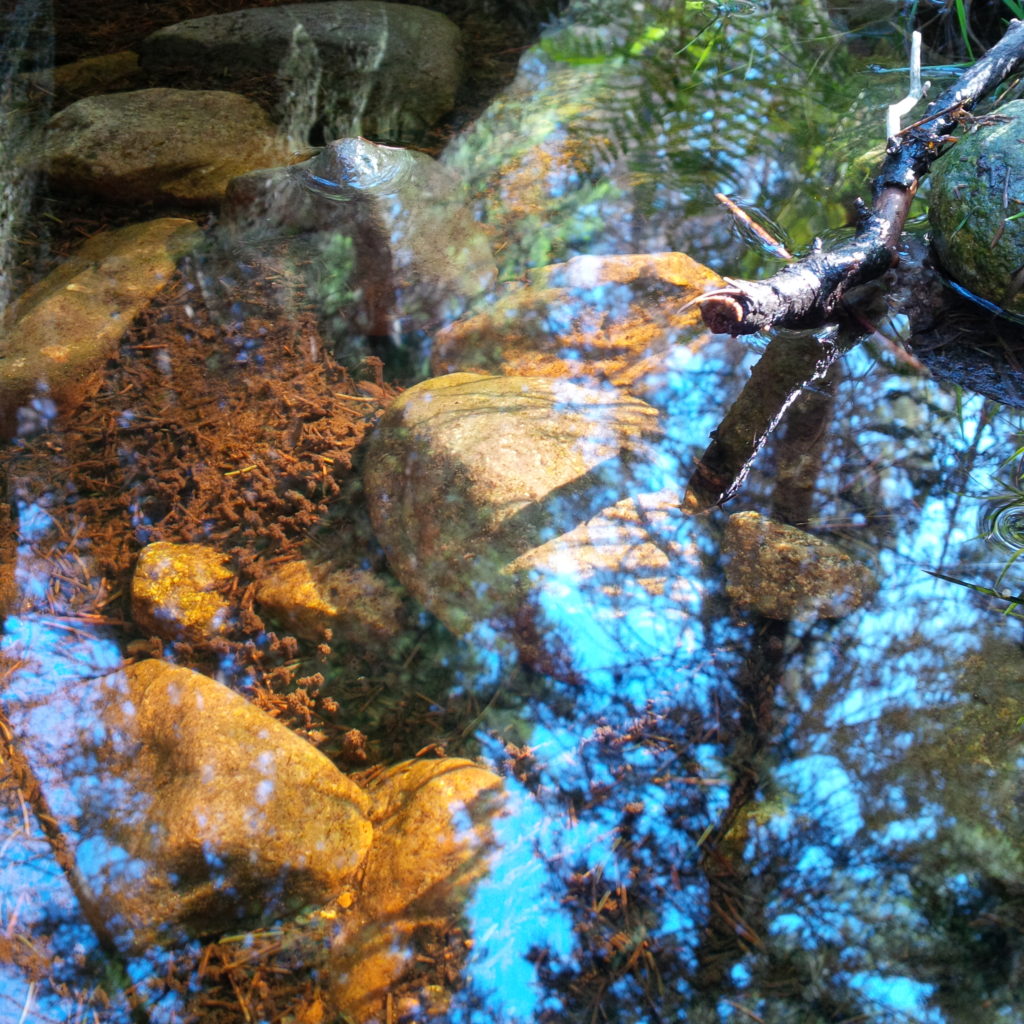
Fourth – consider accommodation in a shelter.
In autumn it is easier to get a place in the shelter. Which means that if in the mountains, for some reason, the night will surprise us, we have a little more chance to find accommodation without prior reservation. As always, remember to keep cash in Polish currency just in case (it will not always be possible to pay by card) and some kind of ID document. And let’s check whether the chosen shelte on the route of our journey is open – autumn is a time of renovation and changes. Maybe it is not worth risking a return at night, which threatens not only a mandate, but also exposes us to the difficulties of covering a difficult terrain, whose sculpture in the light of the flashlight looks completely different – it is easier to make a mistake in assessing the distance, height or inclination of a stone step. Instead, we can experience an unforgettable night in the shelter, go out freely at night to watch the stars and feel part of the Tatra brothers, who in the evening plays cards at the dining room tables and tells stories of their expeditions.
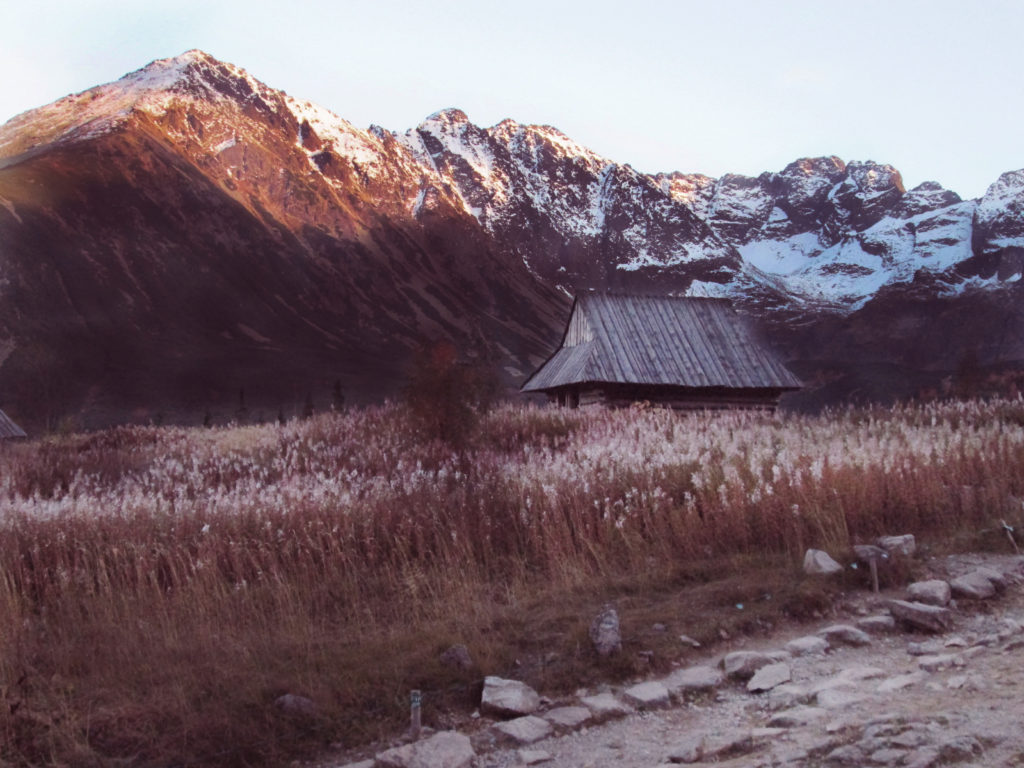
Fifth – while the mountain strong wind “halny” better stay at home.
In autumn, the first serious episodes of the destructive wind begin, whose record speed in 1968 was 288 km/h. However, “only” half of this value is enough to make trees break like matches almost at the root, branches are flying up in the air, the same as advertising banners or even fragments of roof covers. Going to the mountains at such a moment is extremely irresponsible. To feel the “wild call of nature”, it is enough to open the window during a mountain wind, we do not even have to go outside. And if we absolutely want to feel like during a storm at sea – let’s go out to the nearest meadow. After a few minutes of fighting to stand on our feet, we will sigh with relief being back home. Sometimes, despite the warnings of park employees, people go to the mountains during the strong wind – it is not specially clever. Although foresters try to remove trees that have weakened structure and are potentially the biggest threat, it happens that even completely healthy ones break.
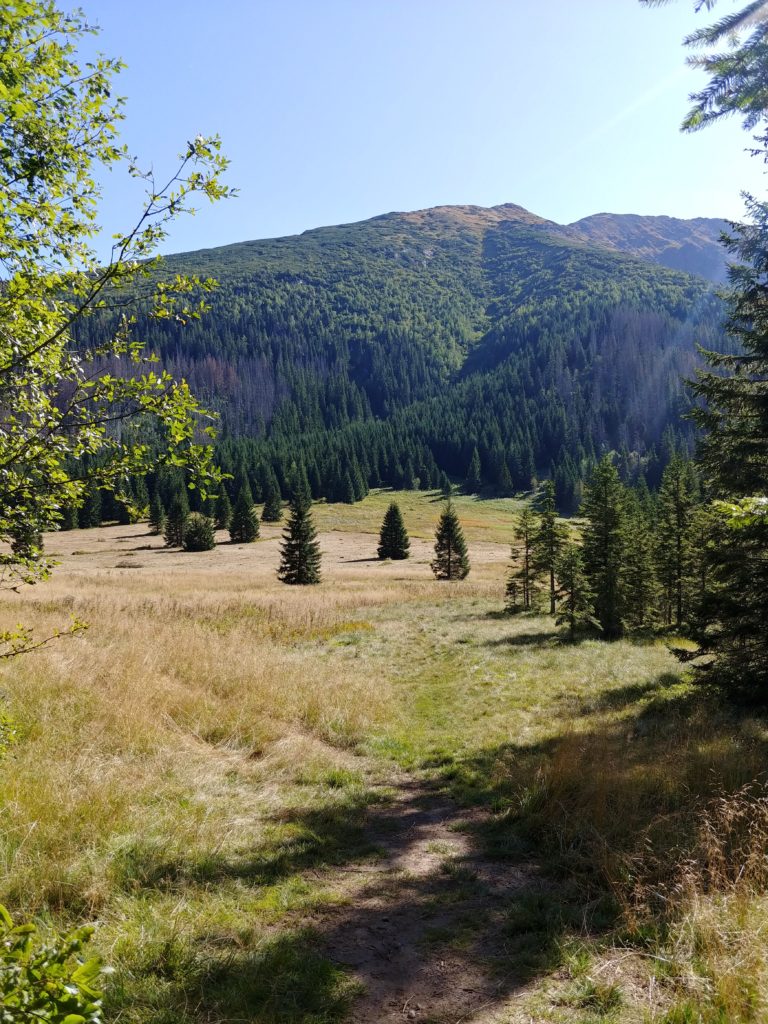
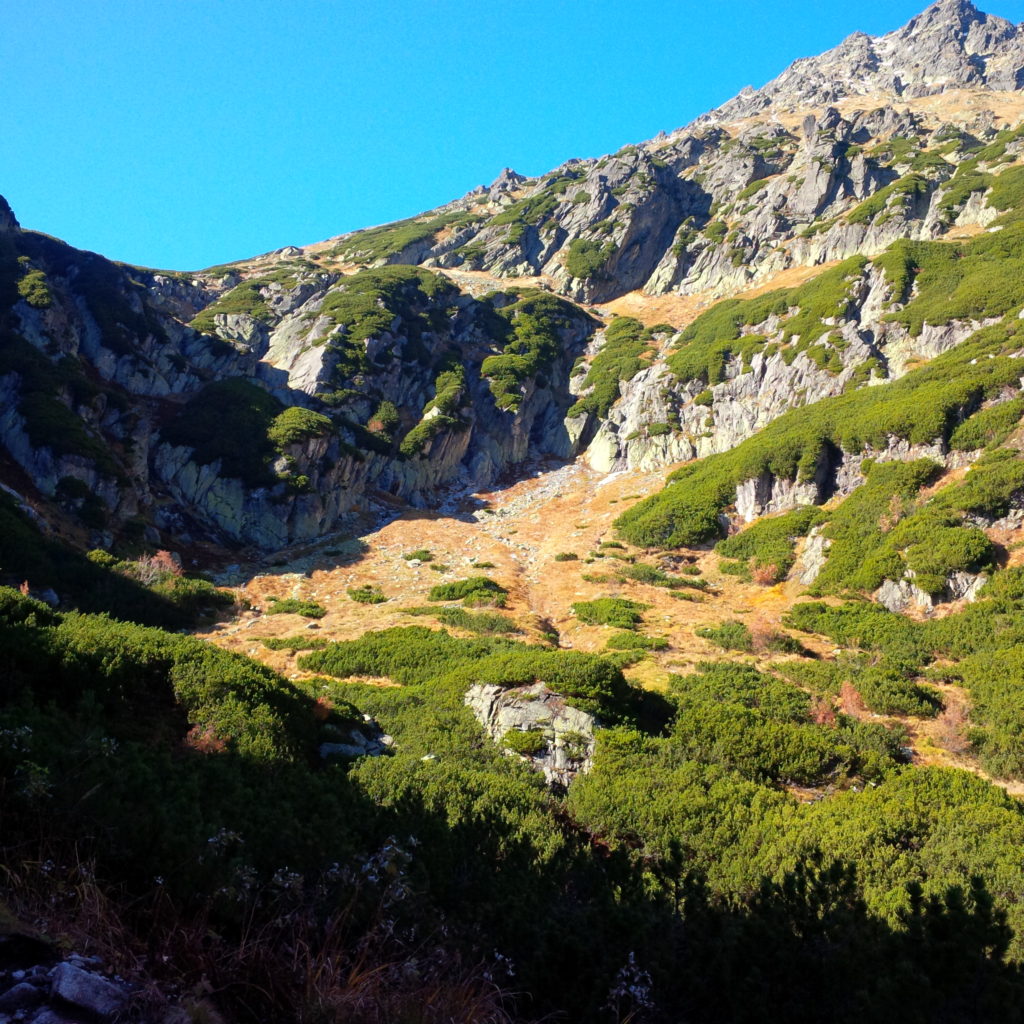
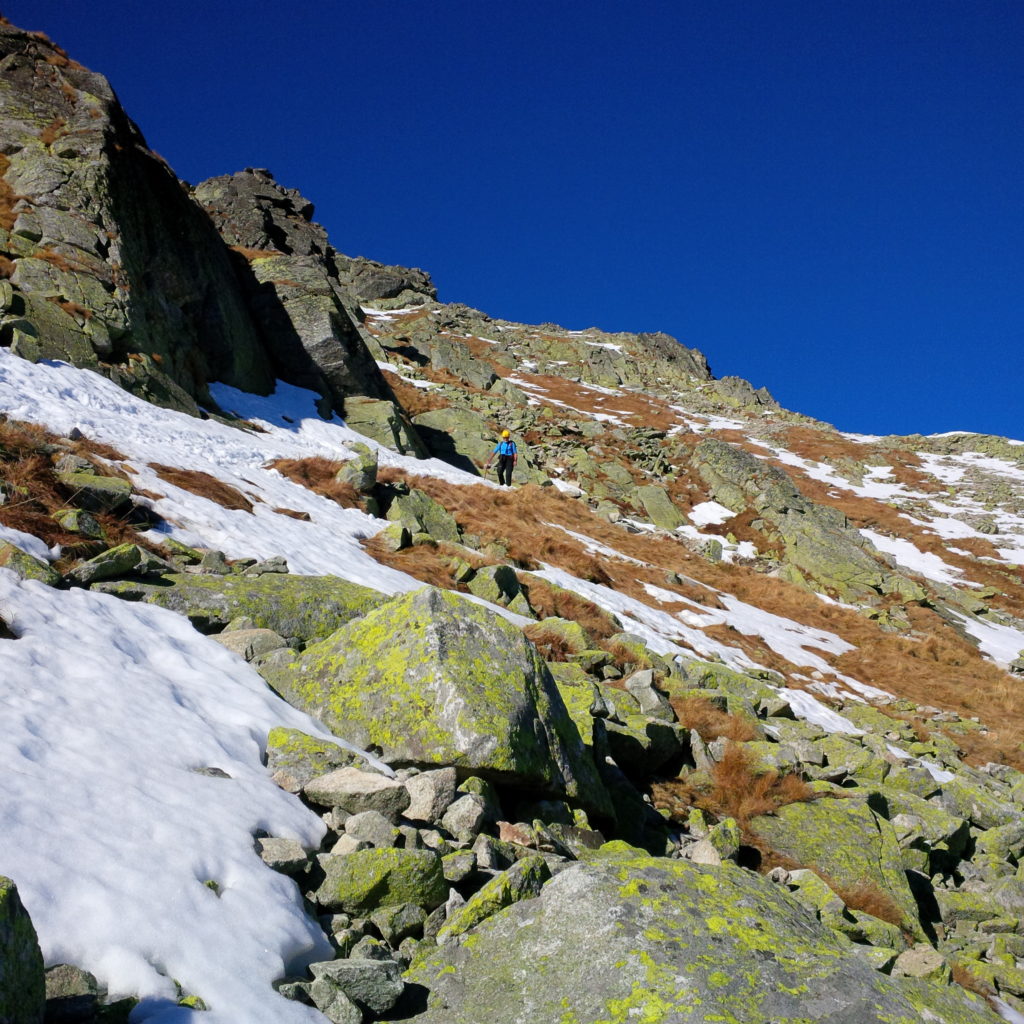
Sixth – you want silence, look for it out of the way in autumn too.
Many people go to the Tatra Mountains in the autumn counting on silence and deserts on the trails. Of course, there is not so many people like in the summer. But a regular weekend or a longer period of sunny weather is still enough for the roads leading to the most popular trails to be captured by cars, and popular destinations are crowded as usual. Meanwhile, next to them there are almost empty places, like the White Water Valley (Bielovodska dolina)on the Slovak side, accessible from Lysa Polana, or the trail from Roztoka through Rowien Waksmundzka and Panszczyca Valley to Hala Gasienicowa glade. Regarding the temporary resignation from exploring the higher parts of the mountains covered with fresh snow – calmly and without regret we can now focus on admiring the forests, valleys and meadows, which in the summer we often spend less time rushing towards the highest peaks. We will not lose anything, instead we will get the impression of a deep symbiosis with nature, perhaps we reflect on the essence of mature beauty, which – so clearly visible in the autumn mountain vegetation – can also be treated as a broader metaphor for the cycle of nature and life in general.
Anna Markiewicz


